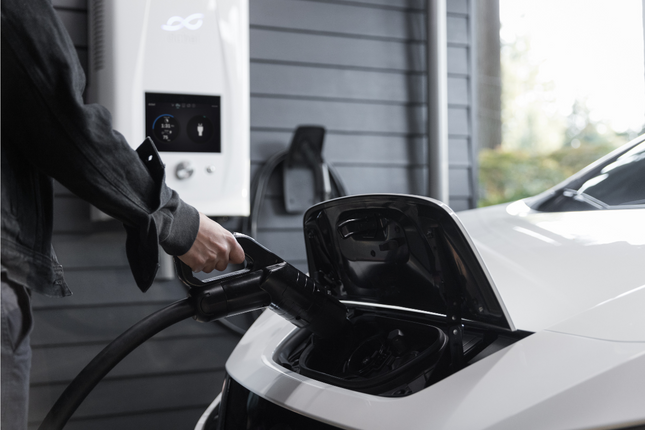EVs are a recent phenomenon as societies and governments around the world look at ways to cut down on greenhouse gas emissions. If you don’t know much about EVs, read on to find out if they’re a good option for you.
The pros and cons of EVs
EVS have their advantages and disadvantages. Let’s look at the upsides first:
- EVs have no petrol costs. With the high cost of both petrol and diesel in Australia these days, that’s a definite advantage.
- EVs are better for the environment. Petrol and diesel vehicles account for about 18% of Australia’s total carbon dioxide emissions.
- EVs can have lower servicing and maintenance costs. There are fewer moving parts in an EV than there are in traditional vehicles that have petrol and diesel engines, so (potentially) fewer things can go wrong.
- There is a range of government financial incentives to buy EVs. These incentives vary depending on where you live, but can include purchase price subsidies and discounted registration.
On the other hand, EVs also have their drawbacks:
- Higher upfront cost to buy. Even with government purchase incentives, EVs are still quite expensive compared to traditional vehicles. The cheapest EV you can currently buy in Australia is the MG ZS EV at around $45,000. However, EV prices are expected to come down as demand increases.
- Limited number of charging stations. If you need to charge your vehicle while you’re out rather than at home, charging stations can be few and far between. However, more and more electric charging stations are springing up as EVs become more popular.
- Charging an EV takes much longer than filling up a traditional passenger vehicle with petrol or diesel. However, charging times are coming down.
- More limited driving range. You can usually go further on a full tank of fuel than you can in a fully charged electric car. However, EV ranges are improving over time, and clever designers in Europe have already come up with a suitcase-sized EV battery powerbank.
What’s the difference between an EV and a hybrid vehicle?
An EV is a fully electric vehicle that has no petrol or diesel engine.
A hybrid vehicle has an electric motor as well as a petrol or diesel (i.e. combustion) engine. They combine the power of a combustion engine with the efficiency of an electric motor. The electric motor is powered as you drive and is typically used when you’re driving at slower speeds.
How many Australians drive EVs?
According to the most recent figures, only about 3% of Australian new car buyers bought EVs in 2022, but the number of new EV sales was also nearly double the number from 2021. So demand is growing.
Tesla is the dominant brand and it comes in two models (the Model 3 and the Model Y) but you can also get a range of other models including Hyundai, MG and Volvo EVs. In fact, Volvo has announced that they will only be making EVs from 2026 onwards. They are phasing out Volvo models with combustion engines.
Should you get an EV?
This depends on how you intend to use the vehicle. For example, if you want to go on long road trips towing a caravan during your retirement, then it’s probably not a good idea until the range and towing capacities of EVs improve.
But if you only need a car to go from A to B and you’re looking to save on your ongoing costs, then getting an EV now could be a great option.
Want to learn more about making the most of your next 30 years?
Retirement living can be the best time of your life. We’re committed to making life better for the over 55s. Check out downsizing.com.au for more insights and great advice on living life to the fullest. We also have a great range of ‘over 55 properties’ to help you do that with like-minded people in retirement villages and land lease communities.


